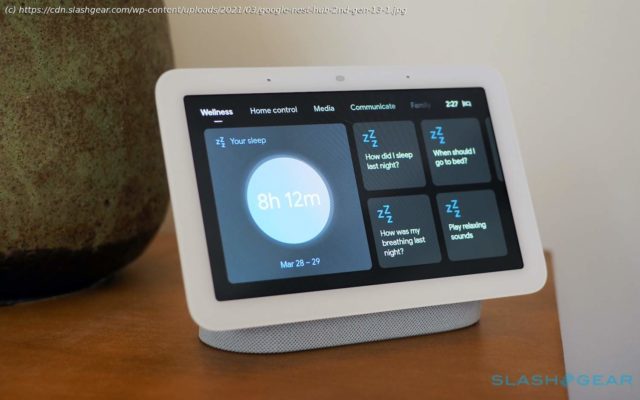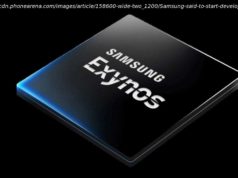Google has finally found an application worthy of its fiendishly clever Soli chip, and quite frankly it’s wasted in a smart display. Or more accurately, the
Google has finally found an application worthy of its fiendishly clever Soli chip, and quite frankly it’s wasted in a smart display. Or more accurately, the Nest Hub 2nd Gen may be a great showcase for what Soli, the short-range radar, is capable of with Sleep Sensing, but I can’t help but wish Google had just made a standalone sensor instead. Soli, announced back in 2015, was initially billed as a breakthrough in gadget control. Its radar-like scanning was short range, but very precise: combined with the tiny chip size, Google suggested, it could make for virtual scroll wheels and sliders invisibly beamed out of the side of smartwatches and phones. The reality of Soli’s first commercial outing, however, was a little less impressive. The Pixel 4 had its fair share of struggles, and Motion Sense – Soli-powered gesture controls you could make in front of the phone to navigate things like music playback – wasn’t enough to counter them. Soli reappeared late last year, in Nest’s cheapest Thermostat model, but that too struggled to give the technology a high-profile showcase. The second-generation Nest Hub could change that. I’ve been living with one on my nightstand for the past week or so, with Soli-powered Sleep Sensing tracking how much rest I’ve been getting each night. It’s not the first product to offer that, of course, but as I struggle to sleep while wearing a watch or fitness tracker, the idea of having the data collected without needing to wear a gadget has serious appeal. Just what Nest and Google do with that data, and how it could be improved, I’ve covered more comprehensively in my Nest Hub 2nd Gen review.





